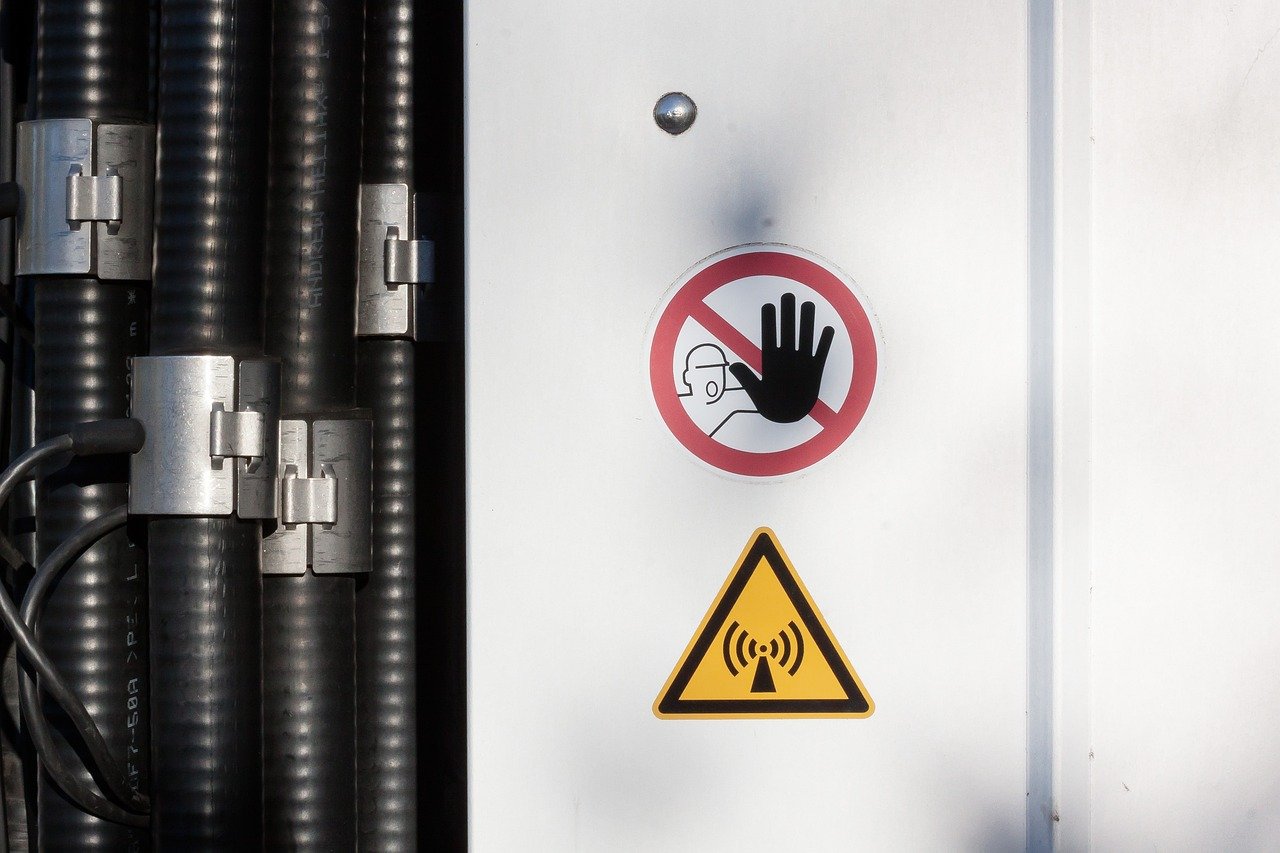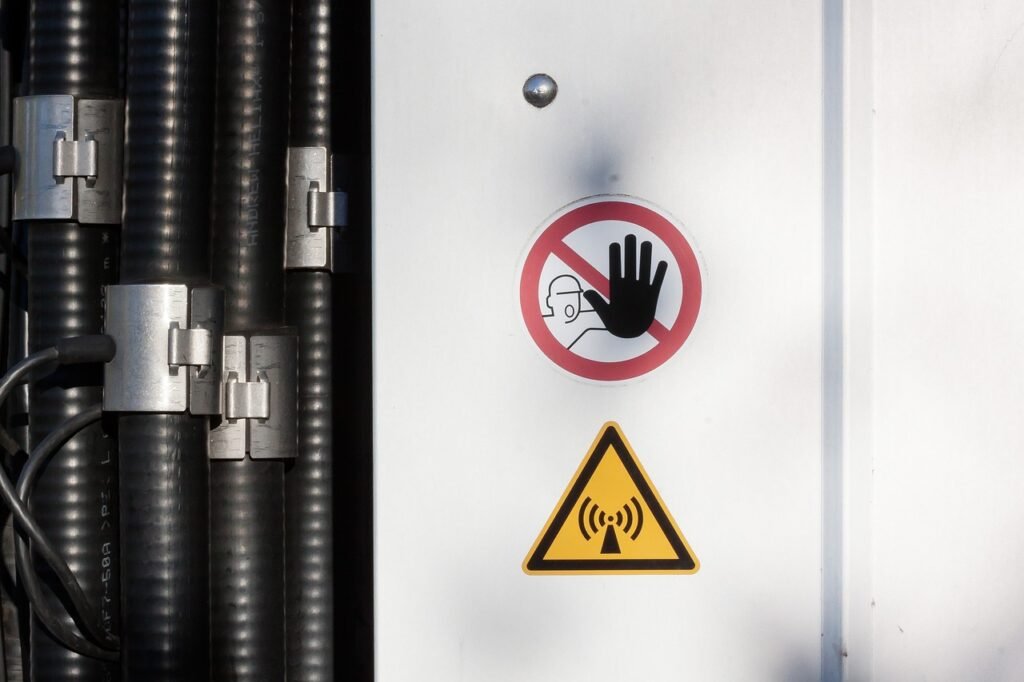Cellular Network not Available for Voice Call Fix Easily

Are you tired of experiencing dropped calls and disrupted voice connections on your mobile phone? Have you ever wondered why these cellular network outages occur? The answer lies in the intricate science behind the functioning of our mobile networks. In this article, we will delve deep into the reasons why cellular network not available for voice call , exploring the technical aspects and the underlying factors that contribute to these frustrating interruptions.

From network congestion to signal interference, various factors can cause cellular network not available for voice call. One common issue is when the cellular network becomes overwhelmed with a high volume of calls, leading to congestion and resulting in dropped calls. Additionally, signal interference from various sources such as physical obstacles or electromagnetic interference can disrupt the continuity of voice transmissions.
Understanding the science behind these network outages is crucial to improving the reliability and quality of our mobile communication systems. By gaining insights into these factors, both network providers and users can work towards minimizing these disruptions and enhancing the overall user experience.
Join us as we uncover the science behind cellular network not available for voice call and gain a better understanding of why voice calls fail.
Top AI Robots Made By AI Technology in 2023
Table of Contents
Understanding Cellular Network not available for Voice Call
Voice call failures can be a major annoyance, especially in this era where mobile communication plays a vital role in our daily lives. To understand why voice calls fail, we need to look at the complex mechanisms behind cellular networks. These networks consist of a multitude of interconnected components that work together to establish and maintain voice connections. Any disruption or failure at any stage of this process can lead to dropped calls or poor call quality.
Common causes of voice call failures
There are several common causes of voice call failures that can occur within the cellular network infrastructure. These causes range from network congestion to equipment failures, weather conditions, and even human error. Let’s take a closer look at each of these factors to better understand their impact on voice call stability.
Network congestion and voice call failures
One of the most common causes of voice call failures is network congestion. When the cellular network becomes overwhelmed with a high volume of calls, it can lead to congestion and result in dropped calls. This typically occurs during peak usage hours or in densely populated areas where there is a higher demand for voice connections. The network infrastructure may not have enough capacity to handle the increased call traffic, leading to call drops and intermittent call quality.
To alleviate network congestion, network providers often employ techniques such as load balancing and traffic prioritization. Load balancing involves distributing call traffic across multiple network resources to ensure optimal performance. Traffic prioritization, on the other hand, allows certain types of calls (e.g., emergency calls) to take precedence over others during periods of congestion. These strategies help minimize call failures due to network congestion.
Equipment failures and voice call failures
Another significant factor that contributes to voice call failures is equipment failures within the cellular network infrastructure. The network relies on a vast array of equipment, including base stations, switches, routers, and antennas, to facilitate voice transmissions. If any of these components malfunctions or experiences a technical issue, it can lead to dropped calls or poor call quality.
Equipment failures can occur due to various reasons such as power outages, software glitches, or hardware malfunctions. Regular maintenance and monitoring of network equipment are essential to identify and address any potential issues before they lead to widespread call failures.
Weather conditions and voice call failures
Believe it or not, weather conditions can also impact the stability of voice calls. Severe weather events such as thunderstorms, heavy rainfall, or snowstorms can cause signal interference and disrupt voice transmissions. This interference can be caused by factors such as water droplets in the air or the reflection and scattering of signals due to atmospheric conditions.
To mitigate the impact of weather conditions on voice call quality, network providers often employ techniques such as weather radar systems and predictive modeling. These tools help anticipate potential disruptions and allow for proactive measures to be taken, such as adjusting signal transmission parameters or rerouting call traffic.
Human error and voice call failures
While technological advancements have significantly improved the reliability of cellular networks, human error can still play a role in voice call failures. Mistakes made during network maintenance, configuration, or troubleshooting can inadvertently lead to call drops or degraded call quality.
To minimize the impact of human error, network providers invest in rigorous training programs for their staff. Additionally, automated monitoring systems and advanced network management tools are utilized to detect and prevent potential errors before they affect voice call performance.
Preventing voice call failures
Understanding the causes of voice call failures is the first step towards preventing them. Network providers continually work towards enhancing the reliability and quality of their networks by implementing various measures.
One effective strategy is to regularly upgrade network infrastructure to accommodate increasing call volumes and improve overall network capacity. This includes deploying additional base stations, upgrading transmission technologies, and optimizing network coverage in areas with high call traffic.
Additionally, implementing redundancy and backup systems can help minimize the impact of equipment failures. Network providers often have backup power sources, redundant network connections, and failover mechanisms in place to ensure uninterrupted voice call services.
Case studies of major cellular network outages
To further illustrate the impact of voice call failures, let’s examine a few case studies of major cellular network outages.
Cellular Network Not Available For Phone Calls – How To Fix
Conclusion: Importance of addressing voice call failures
Cellular network outages and voice call failures can be frustrating for users and have a negative impact on business operations. Understanding the science behind these failures is crucial for both network providers and users. By identifying and addressing the underlying causes, network providers can enhance the reliability and quality of their networks, leading to improved user experiences. Users, on the other hand, can take proactive measures such as reporting network issues to their providers and utilizing alternative communication methods during network outages.
In conclusion, the science behind cellular network outages is complex, involving various technical aspects and factors. By continuously striving to improve network infrastructure, implementing preventative measures, and addressing potential causes of voice call failures, we can pave the way for a more reliable and seamless mobile communication experience for all.






Its like you read my mind! You appear to know so much about this, like you wrote the book in it or something. I think that you can do with a few pics to drive the message home a little bit, but other than that, this is fantastic blog. A great read. I’ll certainly be back.